Skincare At Every Age: A No-Nonsense Guide to What Your Skin Actually Needs
I’ve worked with skin for a long, long time. I’ve seen the fresh, resilient glow on a 20-year-old and the beautiful, delicate texture of an 80-year-old’s skin. And through it all, one thing has never changed: your skin is always evolving. The routine that gave you amazing results five years ago might be the source of your skin troubles today. This isn’t about some frantic battle against aging—it’s about getting smart and supporting your skin through its natural journey.
In this article
So many guides break things down by age but just throw a list of ingredients at you. They miss the ‘why’. My goal is different. I want to pull back the curtain and show you what’s actually happening under the surface, using simple terms. This is the practical advice I give my own clients, the kind of stuff you learn from years in the trenches.
The Foundation: 3 Rules for Everyone, No Exceptions
Before we get into different life stages, let’s lock down the fundamentals. Honestly, if you nail these three things, you’re already 90% of the way there. Skip these, and even a $200 serum is a waste of money.
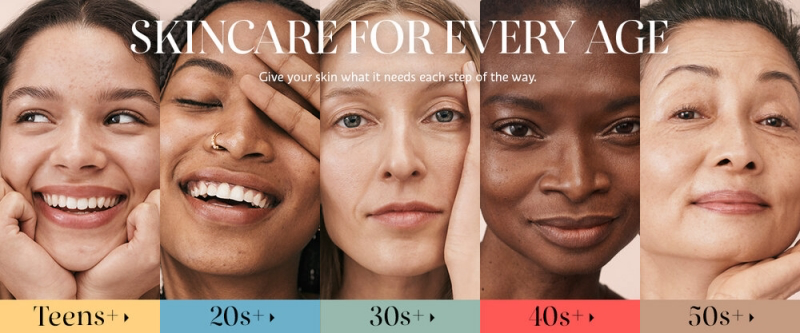
1. Cleanse Gently (No, Seriously)
Your skin has this amazing natural shield called the acid mantle. It’s a slightly acidic film that keeps bad bacteria out and your skin barrier happy. A lot of cleansers, especially the super foamy ones that make your skin feel “squeaky clean,” are way too harsh. That squeaky feeling? That’s the sound of your defenses being stripped away, leading to dryness, redness, irritation, and even breakouts.
I can’t tell you how many clients have solved their complicated skin issues just by switching to a gentle, pH-balanced cleanser. Look for cream, milk, or gel formulas. You can find fantastic ones at the drugstore from brands like CeraVe, Vanicream, or La Roche-Posay for around $15.
Pro Tip: If you wear makeup or a lot of sunscreen, double cleanse at night. Start with an oil or balm cleanser on dry skin to melt everything off, then follow up with your gentle water-based cleanser. In the morning, a splash of water is often enough.
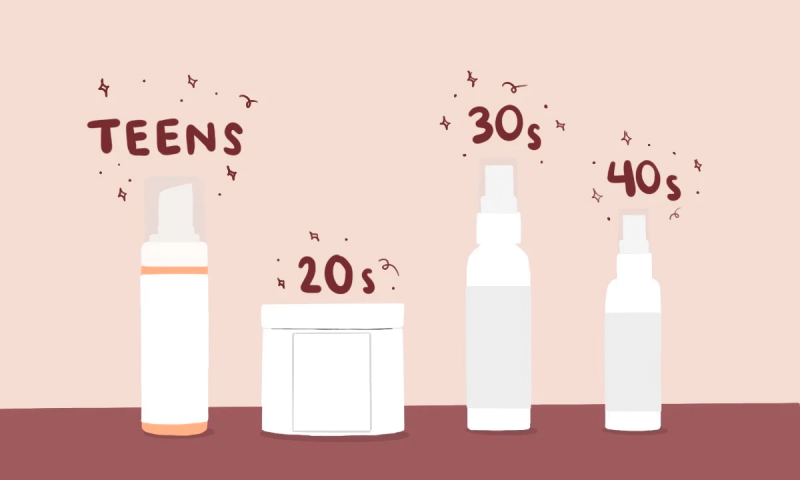
2. Moisturize Effectively Every Day
Hydrated skin just works better. It’s more flexible, looks smoother, and can repair itself more easily. A good moisturizer is a cocktail of a few different types of ingredients:
- Humectants: These guys pull water into the skin. Glycerin and hyaluronic acid are the most common.
- Emollients: These are oils and fats that soften skin and fill in the cracks between cells. Ceramides and squalane are my absolute favorites.
- Occlusives: These form a seal on top of your skin to stop water from escaping. Petrolatum (think Vaseline or Aquaphor) is the undefeated champion here.
A lesson from my practice: I once had a client whose dry, flaky skin was getting worse after she started using a pure hyaluronic acid serum. Turns out, she lived in a super dry apartment. In a dry environment, hyaluronic acid can pull moisture from the deeper layers of your skin if there’s none in the air! The fix was easy: I had her apply the serum to damp skin and immediately lock it in with a ceramide-rich cream. Her skin was transformed in a week.
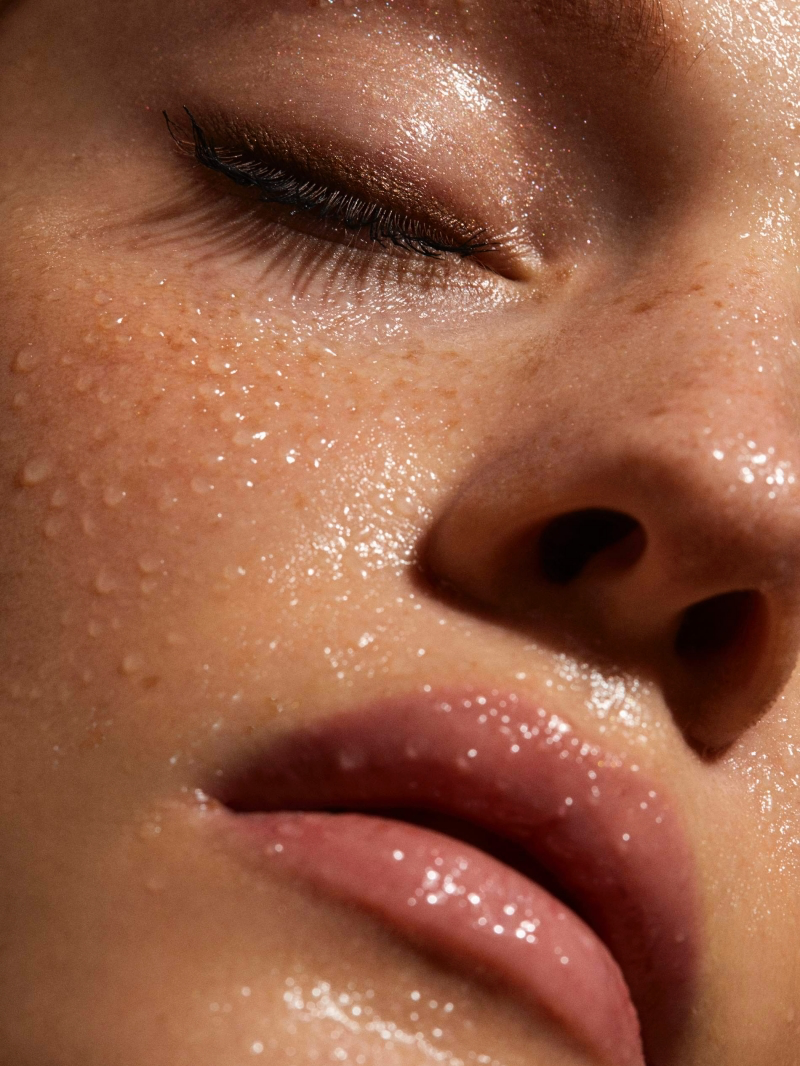
3. Use Broad-Spectrum Sunscreen. All. The. Time.
If you only do one thing from this entire article, let it be this. The vast majority of what we call “aging”—wrinkles, spots, loss of firmness—is from sun exposure over time. We’re not just talking about beach days. UVA rays, the ones that wreck collagen deep in your skin, are out every single day, rain or shine, and they go right through window glass.
Feeling overwhelmed? Quick win: Just focus on this one habit for the next month. Find a sunscreen you love and wear it every single day. It’s the single best investment you can make for your skin’s future.
So, which one to buy? There are two main types:
- Mineral Sunscreens use zinc oxide and/or titanium dioxide. They work by sitting on top of your skin and physically blocking UV rays. These are fantastic for sensitive skin but can sometimes leave a white or grayish cast, though modern formulas are much better.
- Chemical Sunscreens use ingredients that absorb UV rays and convert them into heat. They tend to feel more lightweight and absorb without a trace, making them great under makeup. Some people with very sensitive skin can find them irritating.
The best sunscreen is the one you’ll actually wear. Look for
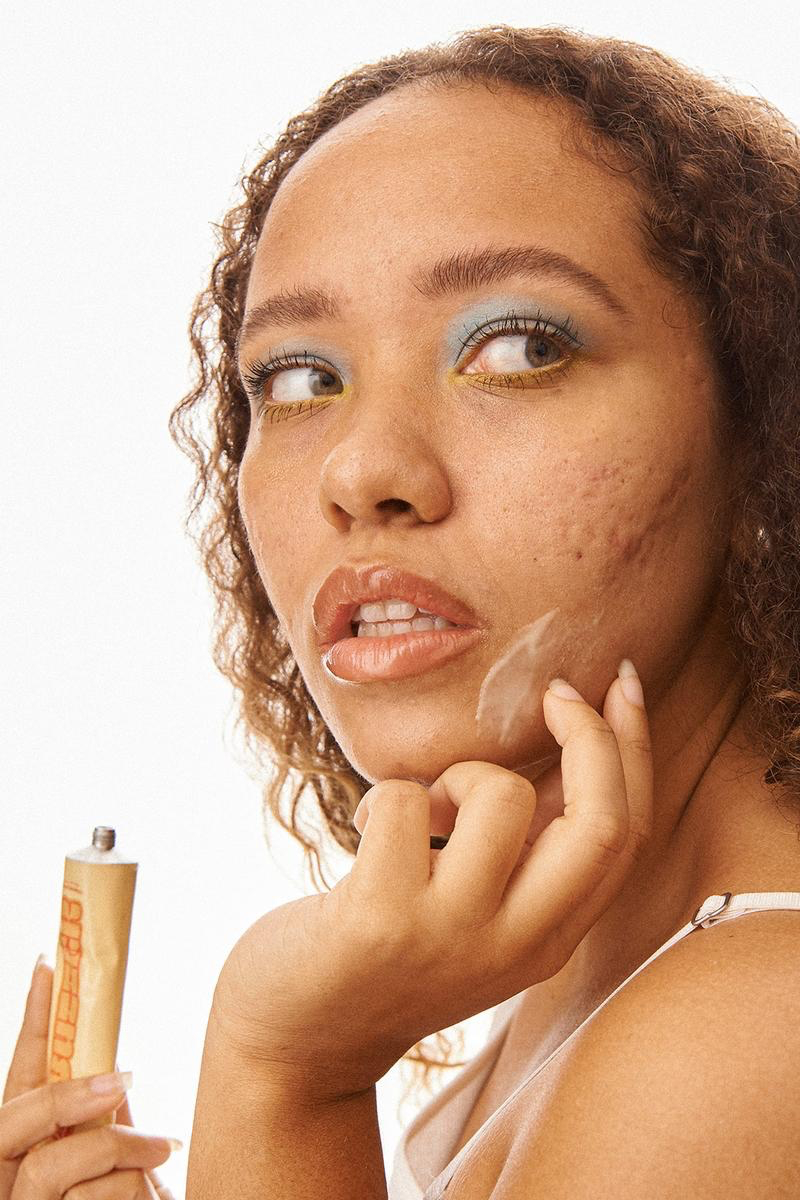
Inspiration:
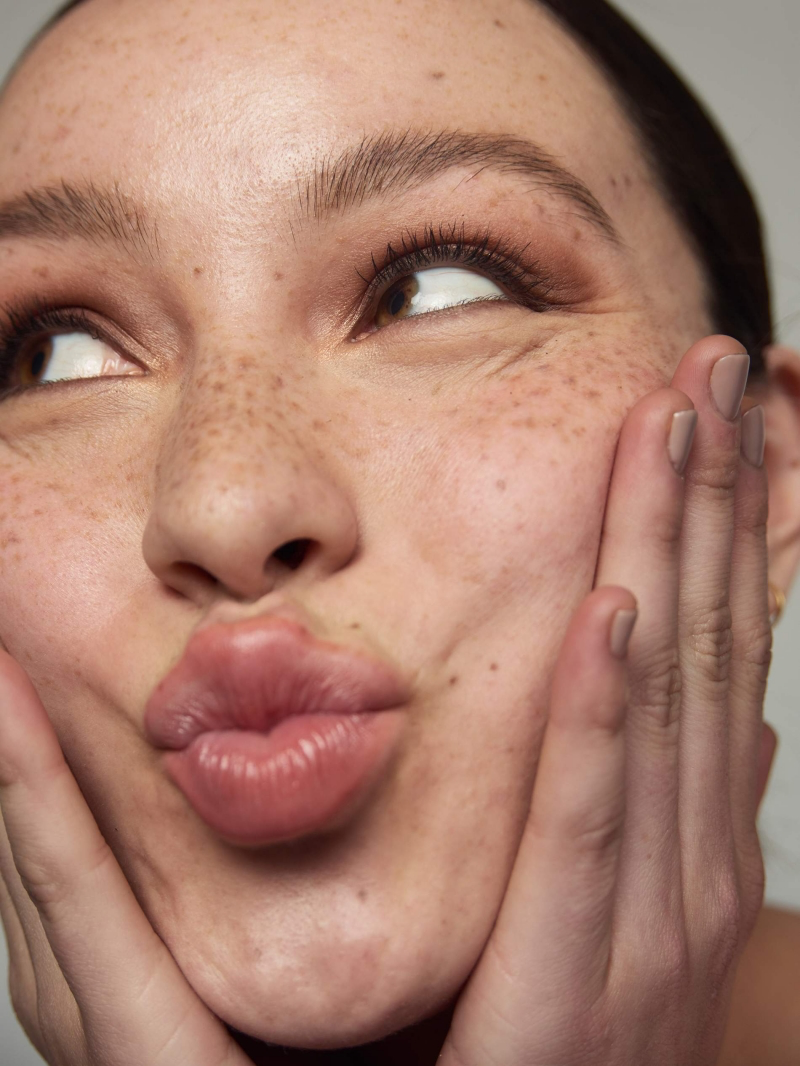
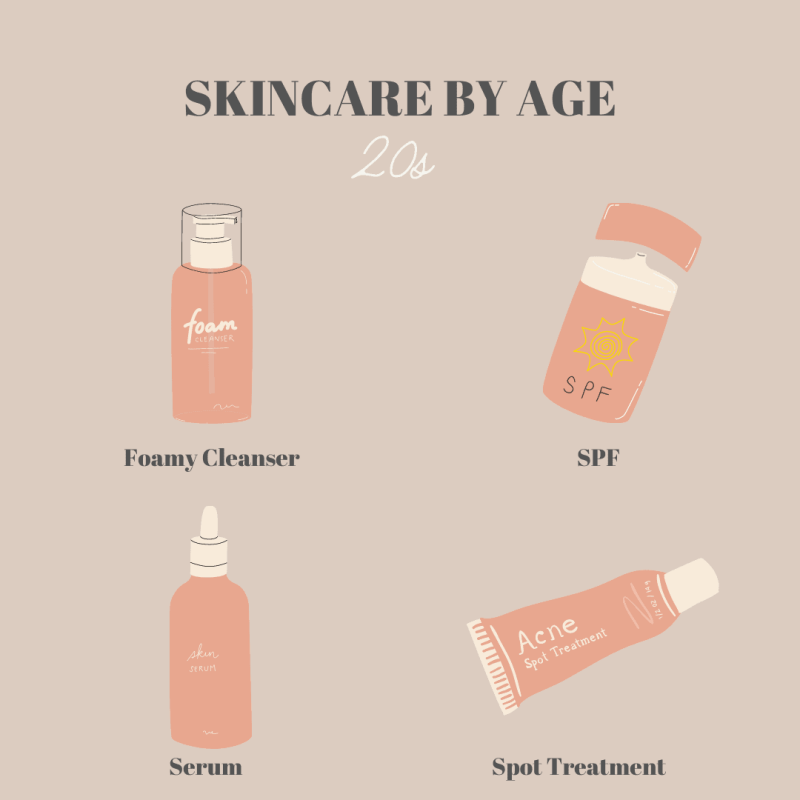
The Golden Rule of Layering: Always apply your skincare products from the thinnest consistency to the thickest. This allows for optimal absorption. Think of it this way: a watery essence or serum can’t penetrate through a rich, heavy cream. The correct order is typically: cleanser, toner/essence, serum, eye cream, moisturizer, and finally, oil or sunscreen during the day.
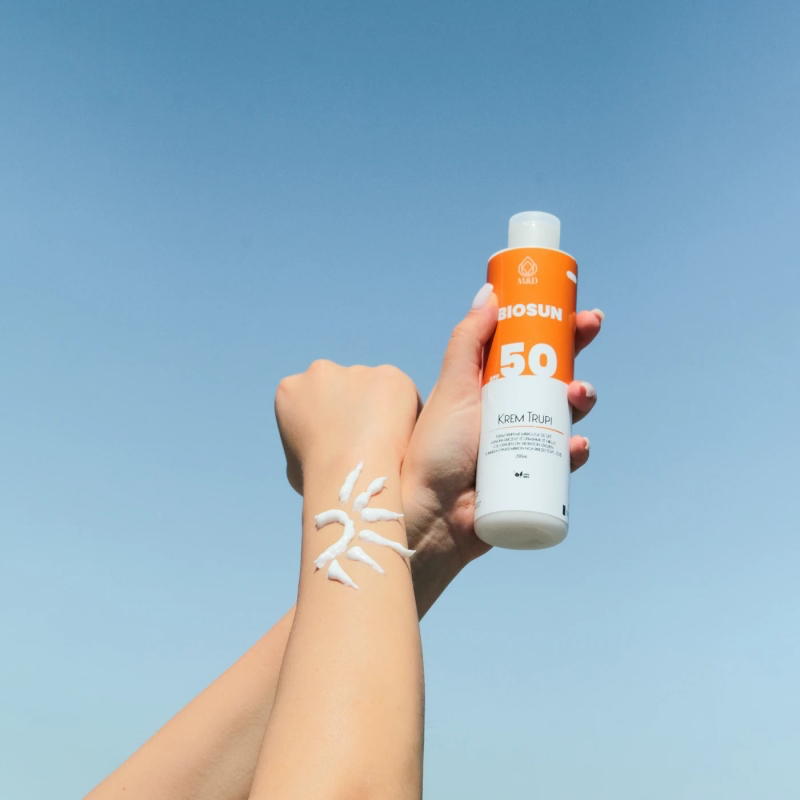
Your skin is an organ—the largest one you have. It loses about 1% of its collagen every year after the age of 20.
This gradual decline is why skin becomes thinner and less firm over time. Ingredients like retinoids, peptides, and vitamin C are clinically proven to help stimulate your skin’s natural collagen production, effectively slowing down this process and maintaining youthful structure.
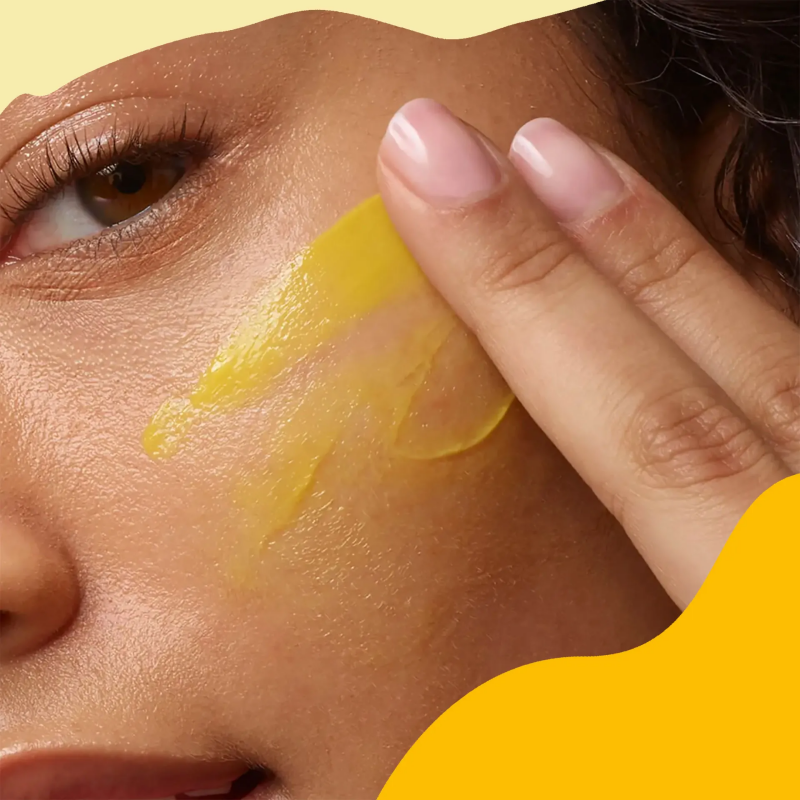
Do I really need a separate eye cream?
It’s a valid question. The skin around your eyes is up to 10 times thinner and more delicate than the rest of your face, with fewer oil glands. This makes it prone to dryness and the first place to show fine lines. While some gentle face moisturizers are fine, dedicated eye creams are formulated to be less irritating and often contain targeted ingredients like peptides or caffeine in concentrations safe for this sensitive area.
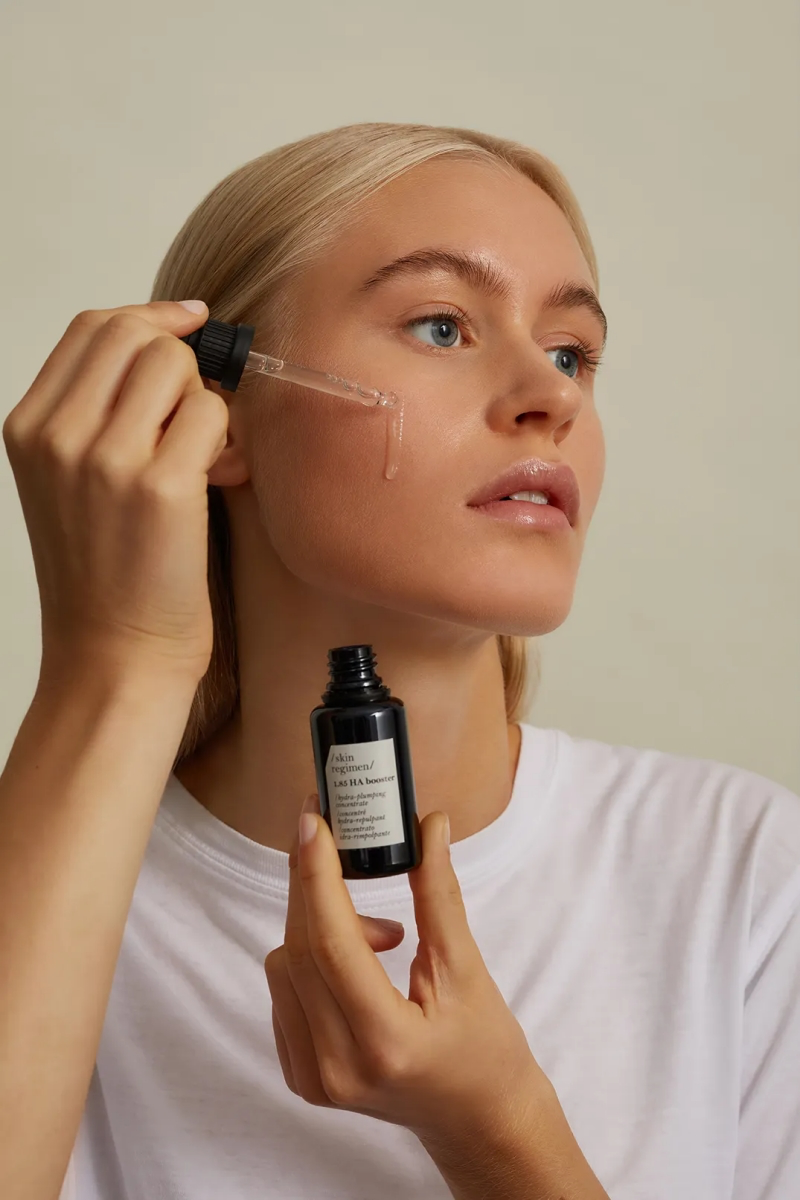
- Reduced inflammation and redness
- Visibly smaller-looking pores
- Strengthened skin barrier
- Regulated oil production
The secret behind these benefits? Niacinamide. This versatile B vitamin is a true multitasker that benefits almost every skin type, from oily and acne-prone to dry and sensitive. It’s an easy addition to any routine, found in serums from brands like The Ordinary or Paula’s Choice.

Retinol vs. Bakuchiol:
Retinol: The undisputed king of anti-aging, this vitamin A derivative powerfully boosts cell turnover and collagen. It’s highly effective but can cause initial irritation, redness, and peeling.
Bakuchiol: A plant-based extract that offers similar collagen-boosting and line-reducing results without the typical irritation of retinol, making it an excellent choice for sensitive skin or for use during pregnancy.
Many now use Bakuchiol in the morning and a gentle retinol at night for a comprehensive approach.
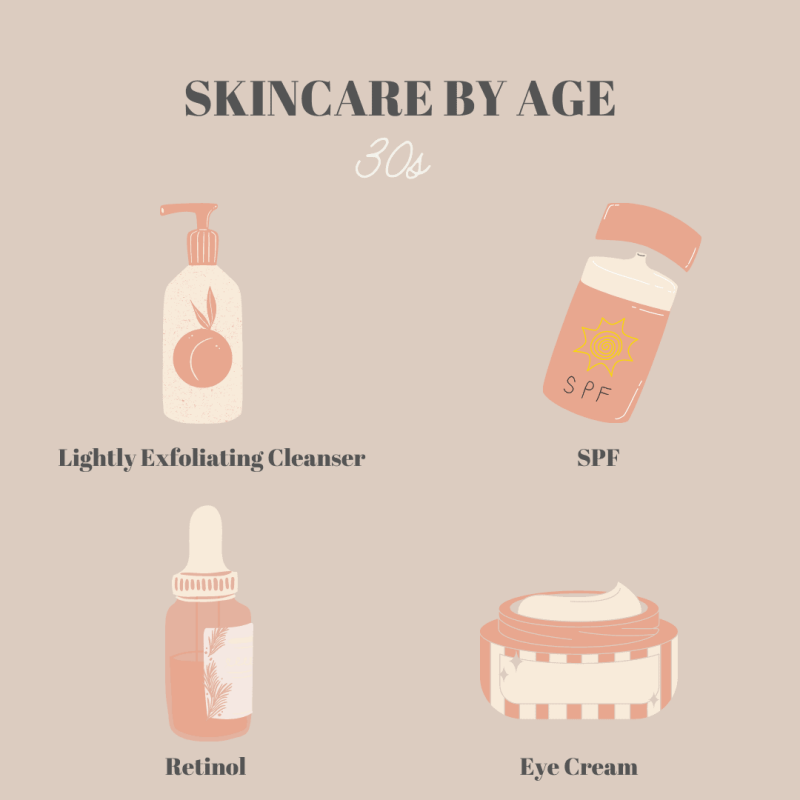
“Skin cycling,” a term popularized by dermatologist Dr. Whitney Bowe, involves a four-night schedule: Exfoliation on night one, a retinoid on night two, followed by two nights of recovery with just hydration and barrier repair.
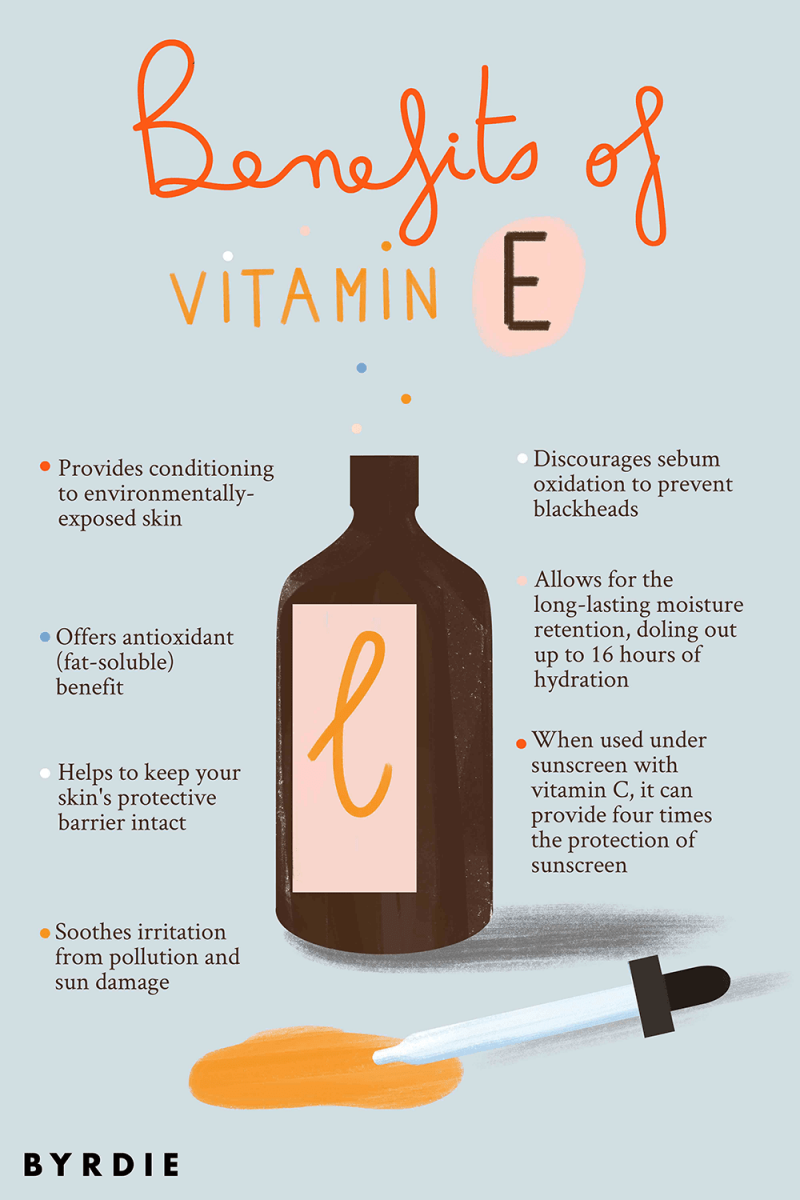
Don’t let the ‘acid’ in Hyaluronic Acid fool you; it’s not an exfoliant. It’s a humectant, a molecule that draws moisture from the air into your skin. Here’s why it’s a universal must-have:
- Holds up to 1,000 times its weight in water for intense hydration.
- Instantly plumps the skin, making fine lines less visible.
- It’s suitable for all skin types, even oily skin, as it provides hydration without heaviness.
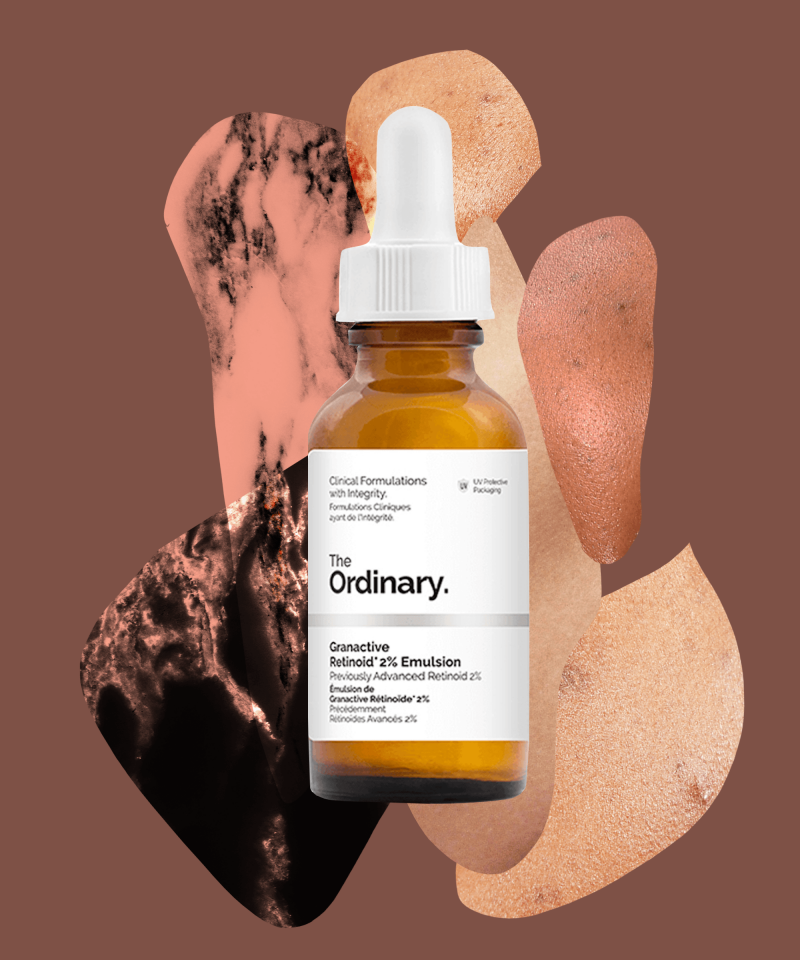
That tight, stinging, or overly red feeling isn’t a sign your products are
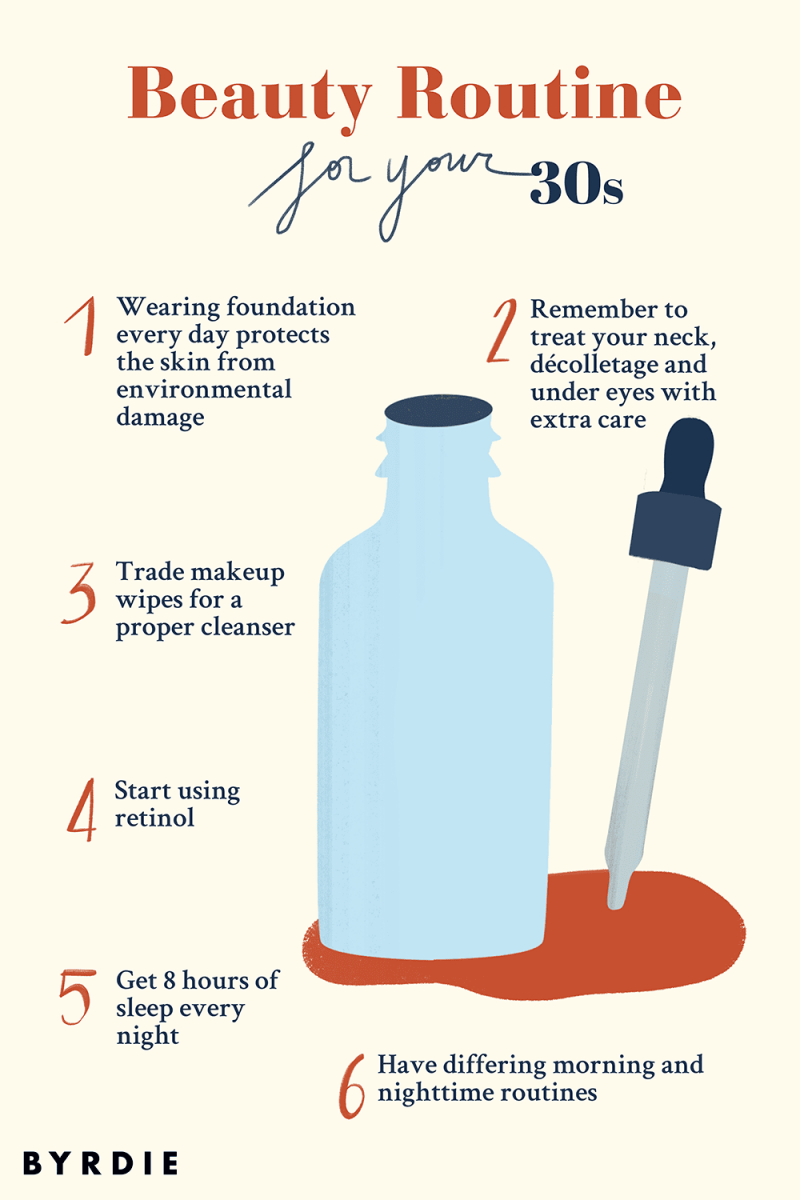
Save vs. Splurge: You don’t need a four-figure routine. Spend your money on the ‘active’ steps—the serums with high concentrations of proven ingredients like a potent Vitamin C (SkinCeuticals C E Ferulic is the gold standard, but Maelove’s The Glow Maker is a fantastic, affordable alternative) or a well-formulated retinoid. You can save on cleansers and basic moisturizers, where brands like La Roche-Posay, The Inkey List, and CeraVe offer exceptional quality for a low price.
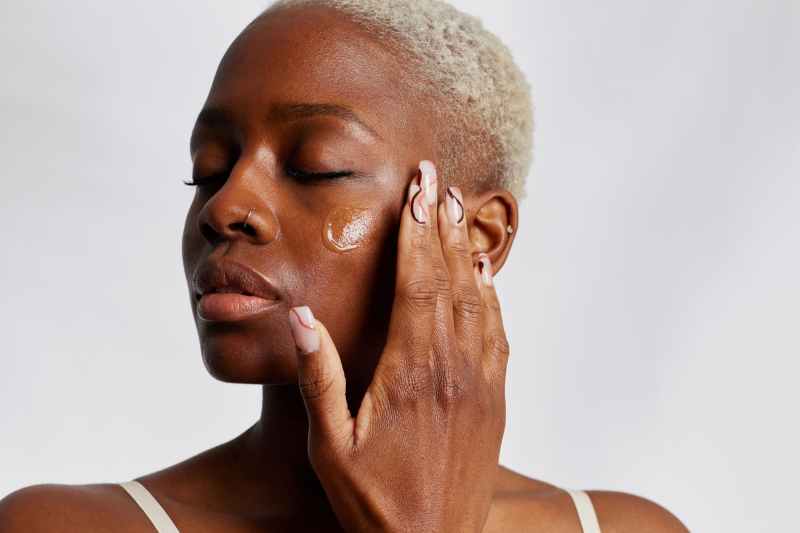
- Don’t mix a retinoid with Vitamin C in the same application (use C in the AM, retinoid in the PM).
- Avoid using multiple strong exfoliants at once, like an AHA toner followed by a BHA serum.
- Be cautious mixing copper peptides with Vitamin C, as it can reduce the efficacy of both.
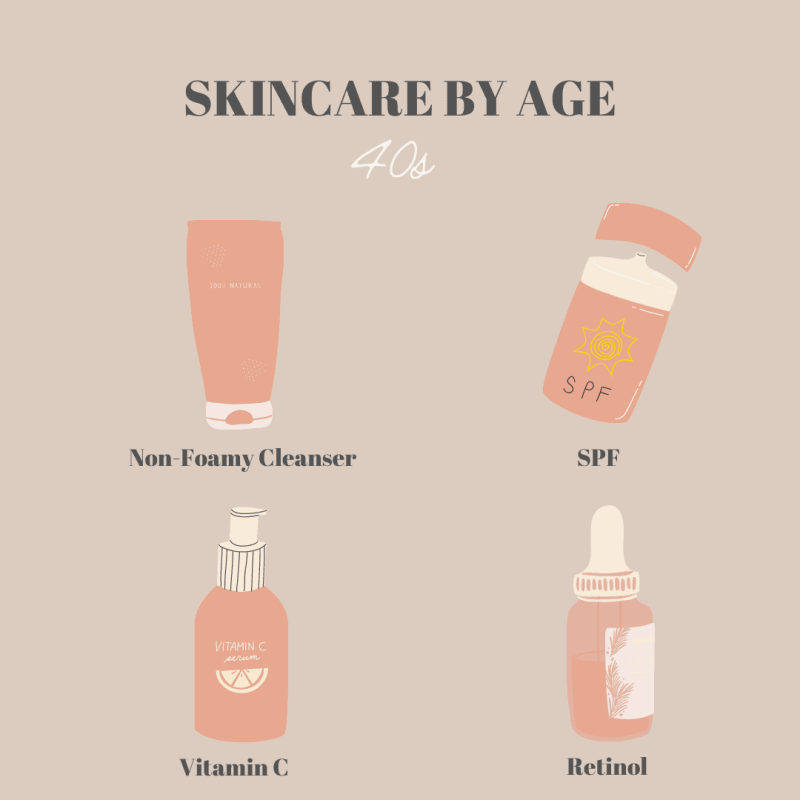
The Neck and Décolletage Don’t Lie: It’s one of the most common mistakes in skincare—a flawless facial routine that stops abruptly at the jawline. The skin on your neck and chest is thin and just as exposed to sun damage. Extend every step of your routine—cleanser, serum, moisturizer, and especially sunscreen—down to your chest to ensure this delicate area ages as gracefully as your face.
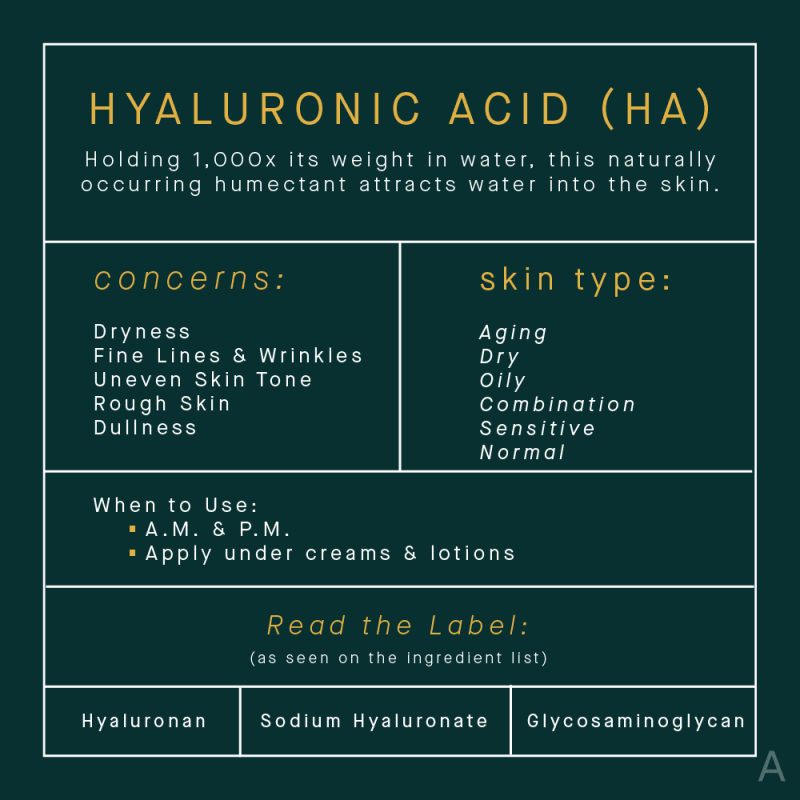
A 2013 study found that sunscreen users had 24% less skin aging than those who used it intermittently.
This isn’t just about preventing skin cancer; it’s the single most effective anti-aging product you can use. UVA rays, responsible for aging, penetrate clouds and glass. Daily use of a broad-spectrum SPF 30 or higher is non-negotiable for preserving your skin’s health and appearance.
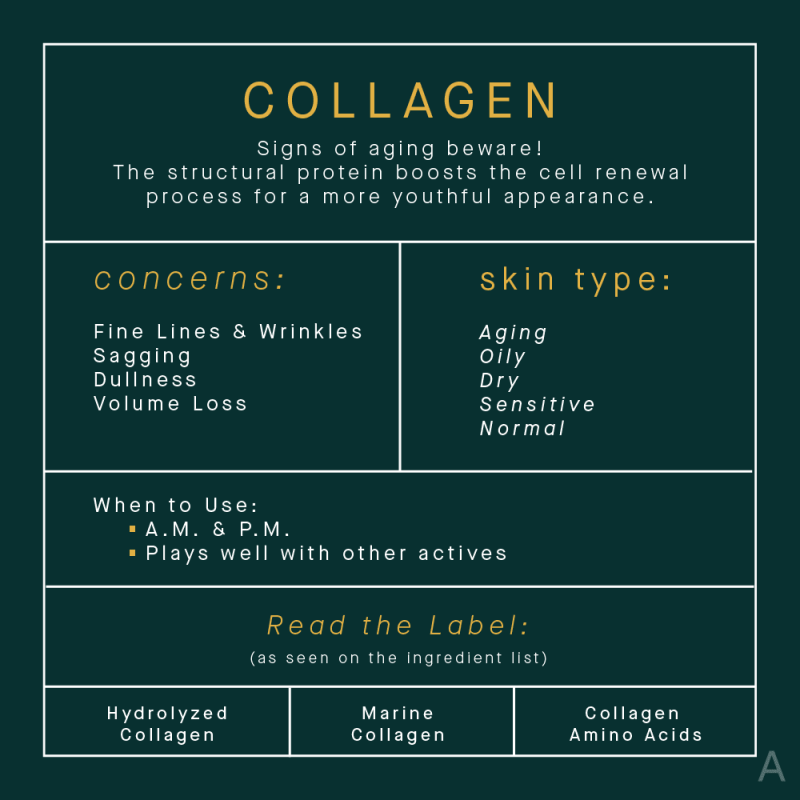
The antioxidant power of Vitamin C is legendary for protecting skin from environmental damage. But its benefits don’t stop there. This powerhouse ingredient is essential for:
- Fading hyperpigmentation and sun spots for a more even skin tone.
- Boosting collagen production to help firm the skin.
- Giving your complexion an unmistakable brightness and glow.
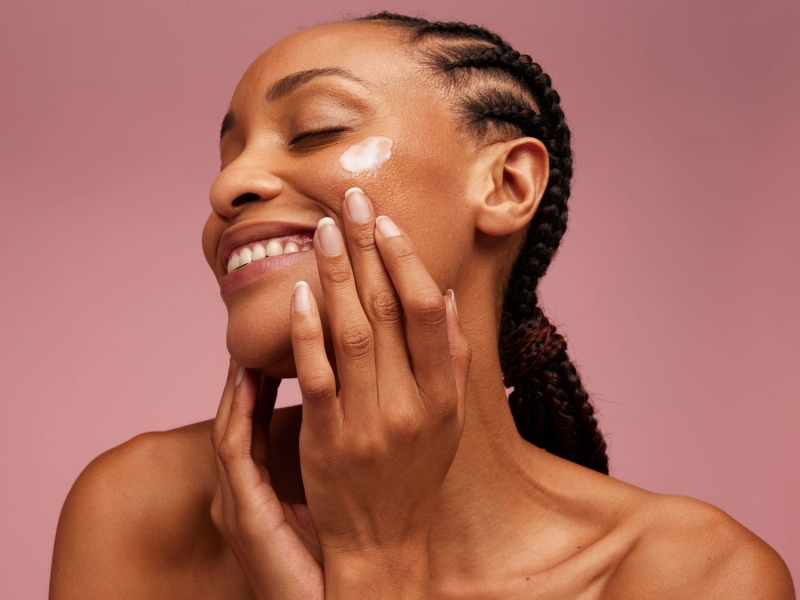
What’s the deal with ‘slugging’?
It’s the simple act of applying a thin layer of an occlusive product, like Vaseline, Aquaphor, or CeraVe Healing Ointment, as the very last step in your nighttime routine. It doesn’t moisturize on its own, but it creates a seal that prevents water loss and helps the hydrating products underneath work more effectively. It’s a game-changer for dry, irritated, or compromised skin, especially in winter.

Pro-Tip: Damp Skin is Your Friend. After cleansing, while your skin is still slightly damp, immediately apply your toner, essence, or hyaluronic acid serum. Hyaluronic acid works by grabbing onto water, so applying it to damp skin gives it the instant hydration it needs to pull into your skin, making the product far more effective.
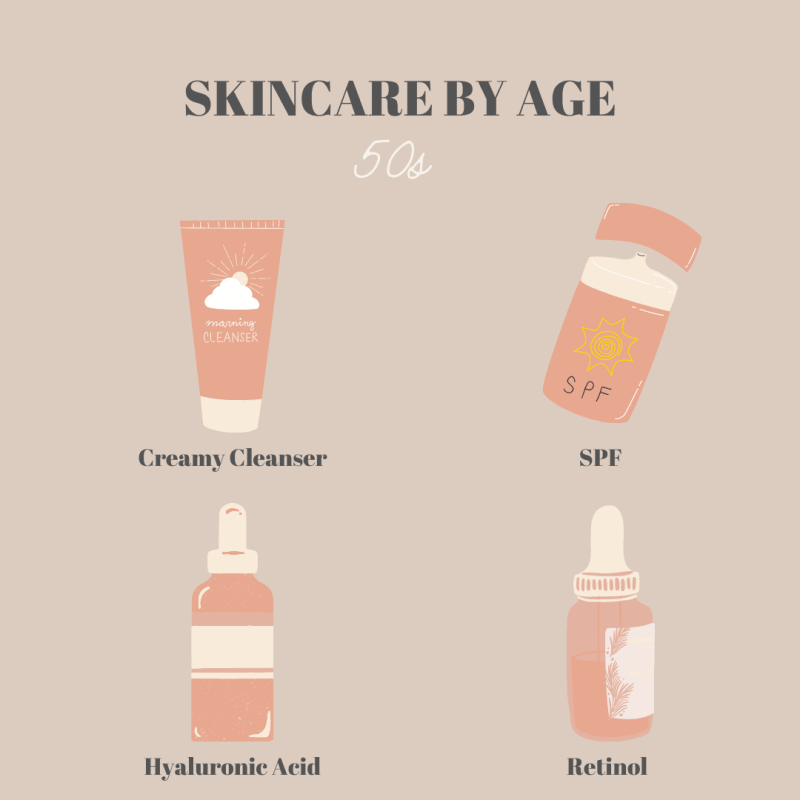
Mineral Sunscreen: Uses zinc oxide and/or titanium dioxide to create a physical barrier that reflects UV rays. It’s generally better for sensitive skin but can sometimes leave a white cast.
Chemical Sunscreen: Uses organic compounds to absorb UV radiation and convert it into heat. These formulas, like Supergoop! Unseen Sunscreen, are often lighter and absorb without a trace, making them great under makeup.
The best one is simply the one you’ll wear every single day.
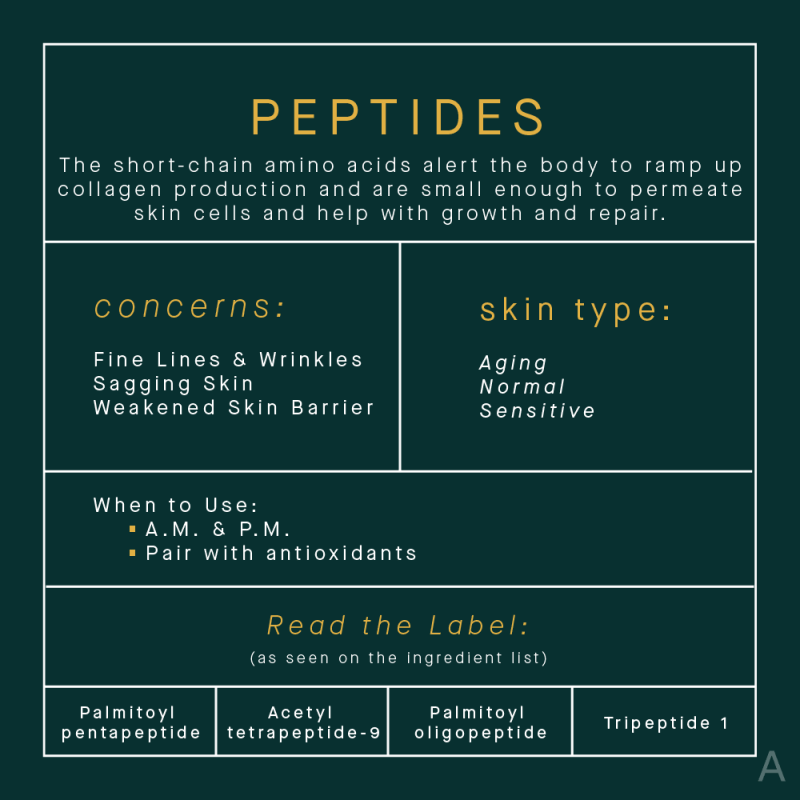
The ‘P53’ gene, our body’s natural tumor suppressor, can be damaged by just a single day of unprotected sun exposure.
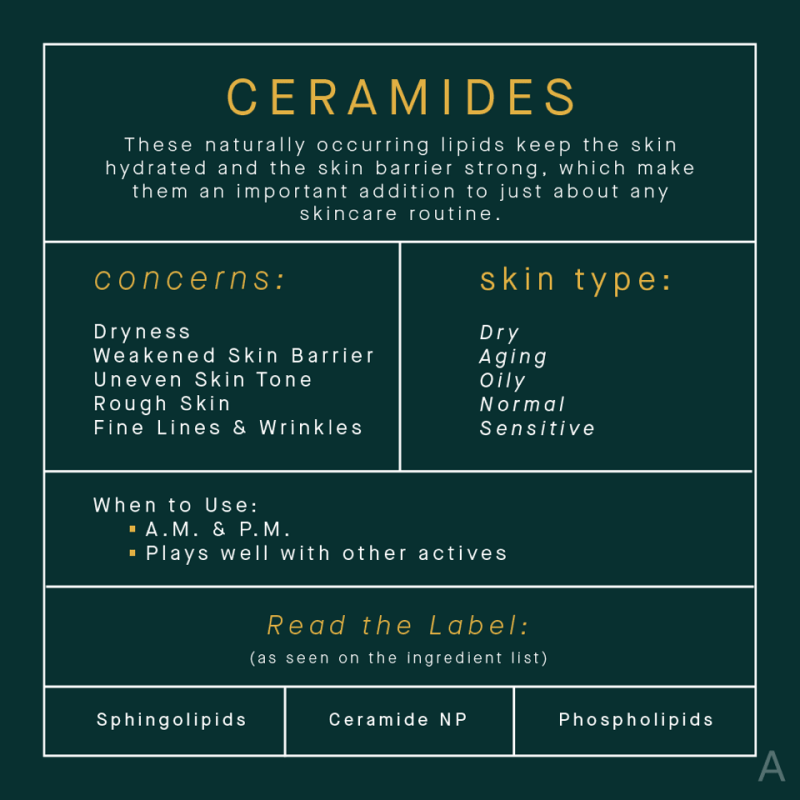
Ever wondered if a product is working? Give it time. Your skin’s renewal cycle—the process of shedding dead cells and replacing them with new ones—takes about 28 days in your 20s and slows to 45-60 days in your 40s and 50s. You need to use a product consistently for at least one full cycle to see genuine, lasting results.
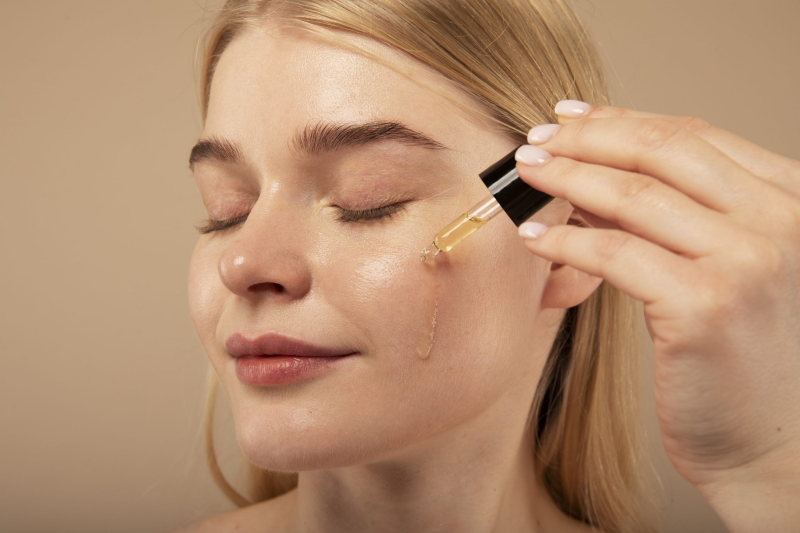
Facial massage isn’t just a relaxing spa treat; it’s a practical way to boost your routine. Using your fingers or a tool like a Gua Sha stone helps to increase circulation, which brings more oxygen and nutrients to the skin. It also aids in lymphatic drainage to reduce puffiness and can help your serums and creams absorb more deeply.
Important note on stability: Active ingredients can degrade when exposed to air and light. That’s why a Vitamin C serum in a dark, airtight pump bottle (like one from Drunk Elephant or Mad Hippie) is often a better investment than one in a clear dropper bottle. Store your products in a cool, dark cabinet—not a steamy, sunlit bathroom sill.










